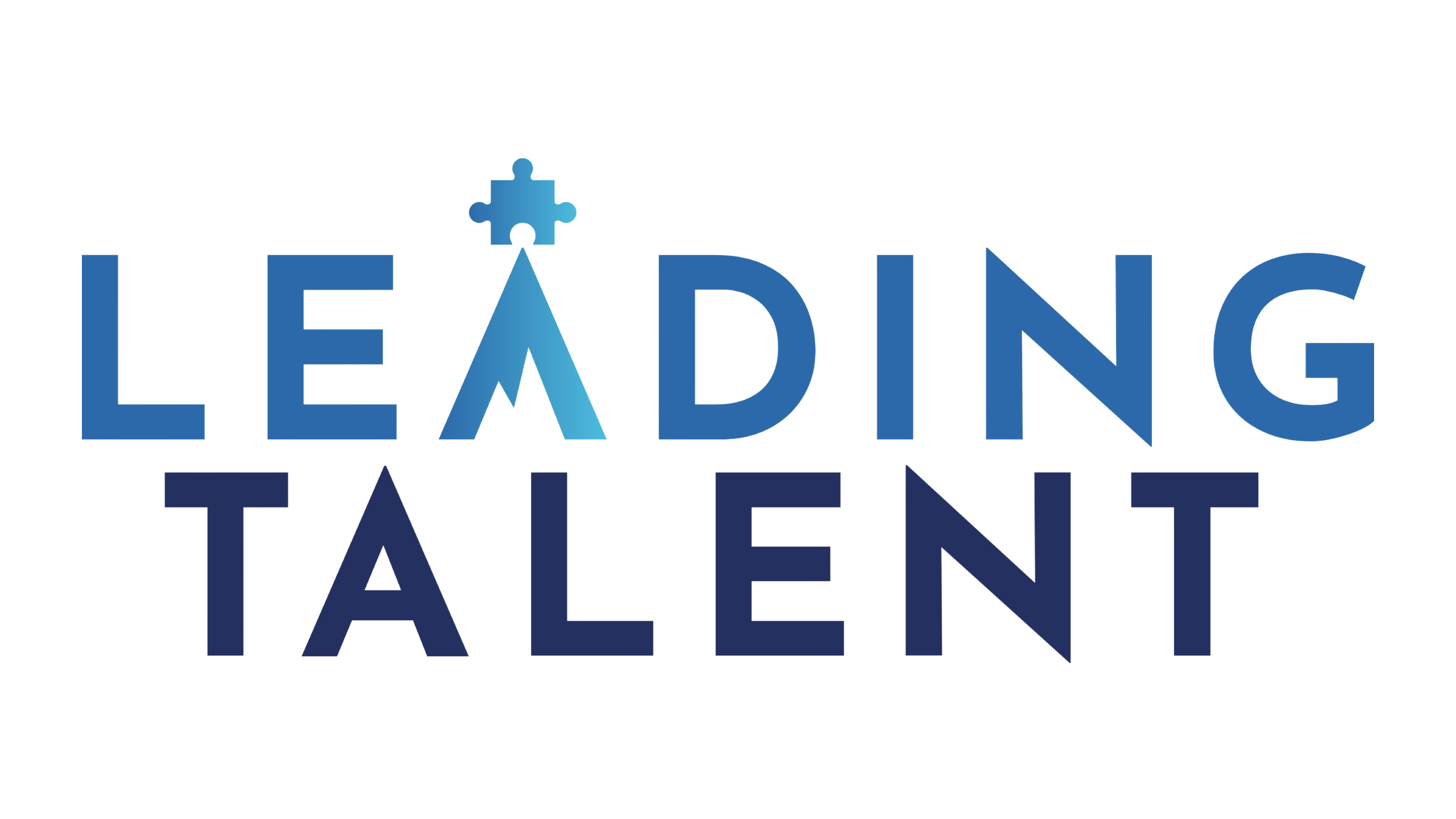March 20th 2025
Published by Tyrell Drysdale
AI and Legal Frameworks for Sustainable Development: What Practitioners Say
This week’s article explores the fundamental implementation of AI and its applicability to legal frameworks aimed at achieving the United Nations Sustainable Development Goals (SDGs).The SDGs: Set out by the United Nations (THE 17 GOALS | Sustainable Development)
With AI transforming industries globally, its impact on environmental law enforcement is becoming increasingly evident. The United Nations Sustainable Development Goals (or SDGs) focus on a broad range of global challenges, including environmental sustainability, climate action, and bio-diversity preservation. AI, with its ability to analyse vast amounts of data, complete manual laborious tasks, detect patterns consistently, and predict outcomes, is proving to be an essential tool in helping enforce legal frameworks aimed at achieving these sustainability goals.

AI in Environmental Law Enforcement
AI technologies can significantly bolster legal frameworks for sustainable development by enhancing monitoring, compliance, and enforcement. These tools ensure that laws protecting the environment are not only well-created, but also effectively implemented. As discussed in our previous TNT article, put article name, AI tools aid in everything from detecting illegal deforestation, to monitoring pollution and sea levels, with the added benefit of ensuring swift and accurate responses.
An example of such powerful uses of AI in detecting deforestation levels is the Global Forest Watch; a platform that uses satellite imagery and AI to track forest changes. The platform uses these images gathered by AI and satellite imagery to identify signs of deforestation or illegal use of land. As stated by a policy maker on their website (Forest Monitoring, Land Use & Deforestation Trends | Global Forest Watch):
“… we saw a need to improve science-based decision-making in forest resource management. We developed a Forest Atlas with Global Forest Watch that allows us to manage and share information about forest cover and land use.”
Governments, non-governmental organisations (NGOs), and local authorities can use the platform’s findings to enforce environmental regulations and hold those who do not adhere to legislation accountable.
AI and Water Quality
AI is also instrumental in monitoring air and water pollution, both critical issues for the environment and public health. By combining real-time data from sensors with machine learning, AI tools can predict pollution levels and identify trends, helping authorities target areas of concern.
Discussed in Application of artificial intelligence in air pollution monitoring and forecasting: A systematic review – ScienceDirect, the urbanisation and industrialisation leading to public health concerns enabled Science Direct to conduct a study examining these very concerns across the US, China, and India. From this article, one can support the fact that AI tools are being used for the greater good of public health. China has essentially implemented AI-based monitoring systems to combat air pollution. These systems, analysing data from sensors monitoring air quality, have been used in environmental law enforcement to fine companies or factories exceeding their emissions limits. In addition, AI helps local authorities predict air quality trends, enabling them to enact preventative measures.
The Role of AI in Monitoring Compliance with International Climate Agreements
International agreements such as the Paris Agreement are designed to fight against climate change and ensure countries follow rules to reduce pollution. To allow the international agreement to work, accurate data is needed, and AI is helping us make it easier to track pollution, analyse environmental policies and make sure everyone obeys the rules.
AI-Powered Emissions Tracking
Sensors powered by AI can help scientists monitor pollution levels and automated AI systems could help analyse weather data and air quality sensors, which measure the harmful air in the environment. AI can also compare the pollution level of countries’ reports with real-time data to ensure everything works normally.
Predictive Climate Modelling
Another function using AI is to predict future climate changes by investigating past weather patterns. By reading from this data, AI could help us create a better strategy to check if the weather and the environment of the countries are on track and meet the government climate goals.
AI in Detecting Human Rights Violations in Supply Chains: AI-Powered Risk Assessment
By scanning a specific amount of data, AI can help identify potential risks in supply chains. Running machine learning models and knowing the labour data could help us to spot any unusual details that may show bias in labour practices and AI can also search online records to find similar information on worker mistreatment.
Satellite Imagery and Remote Sensing
AI sensing tools can help to track the environmental damages and illegal activities that could harm us, for example by studying satellite images and detecting areas of forest which are being cut down illegally.
AI in Detecting and Fostering Corporate Accountability: Automated Compliance Monitoring
Agencies can use AI tools to identify corporate disclosures and inconsistencies in reporting by identifying anomalies in data that can enable detection of illegal actions.
AI-Driven Legal Analysis
AI tools can help lawyers analyse the law efficiently, providing them with an effective understanding of the law, rules and past cases and speeding up legal investigations, thus assisting in the sanctioning of illegal corporates and preventing other corporations working illegally in the same way.
Conclusively, AI tools are becoming indispensable for enforcing environmental laws and achieving the SDGs set out by the UN. From monitoring deforestation, to tracking air quality, and even fighting wildlife poaching, AI is a powerful ally in the quest for a sustainable (and ethical) future. As technology advances, its role is supporting legal frameworks for environmental protection will continue to expand, offering new possibilities for global sustainability efforts.
See also:
AI for Environmental Law Compliance: 2024 Guide
3ebbf2e8e7834a7f873b0ae9a86262f7.pdf
Companies Must Address Human Rights in Supply Chains | BCG
Envisioning an AI Paris Agreement
Original Post: https://www.linkedin.com/pulse/ai-legal-frameworks-sustainable-development-what-say-tyrell-drysdale-ya2je/?trackingId=0IxovWv1Qz6C4DHUM5xCQA%3D%3D